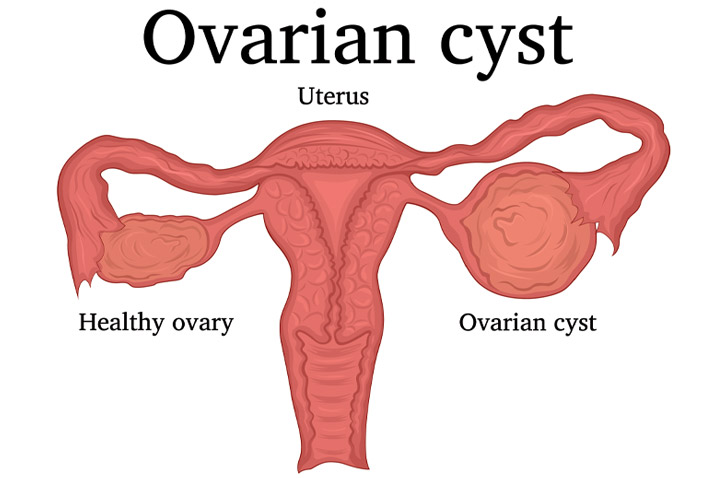Ovarian Cyst Treatment
Create a requestOvarian cyst treatment involves managing or removing fluid-filled sacs that develop on a woman's ovaries. These cysts are common and often harmless, exhibiting little to no symptoms. However, larger cysts can cause discomfort and may require intervention to prevent complications.

General
Ovarian cysts can vary in type and size, with many resolving on their own without the need for medical intervention. When treatment is necessary, it typically involves hormonal therapy to prevent future cysts from forming or surgical procedures to remove the cysts. The approach to treatment depends on factors such as the cyst’s size, type, and whether it is causing symptoms. Surgery may be recommended if there is concern for ovarian cancer, if the cyst does not go away on its own over several menstrual cycles, or if it grows larger or causes pain. Hormonal contraceptives may also be prescribed to help regulate the menstrual cycle and prevent the development of new cysts.
Special Details
Who is it for?
- Women experiencing pain or discomfort due to ovarian cysts
- Individuals with diagnosed ovarian cysts that do not resolve on their own
- Women at risk of ovarian cysts due to hormonal imbalances
- Those with cysts suspected to be cancerous or with a high risk of cancer
Recovery Period
- Surgical removal: Recovery time from surgery can range from a few days to several weeks, depending on the method used (laparoscopy or laparotomy).
- Hormonal therapy: There may be minor side effects as the body adjusts to the medication, but there is no significant recovery period.
Potential Risks and Side Effects
- Surgery: infection, bleeding, damage to surrounding organs
- Hormonal therapy: nausea, headache, mood changes, increased risk of blood clots
- Risks of untreated cysts: rupture, which can cause severe pain and internal bleeding; ovarian torsion, leading to loss of ovarian function
Alternative Treatments
- Watchful waiting for asymptomatic and non-suspicious cysts
- Lifestyle and dietary changes
- Pain management with over-the-counter or prescribed medication
Success Rate
Surgical treatment has a high success rate with proper post-operative care. Hormonal treatments effectively manage symptoms and prevent new cyst formation in most cases.
Procedure step-by-step overivew
- Initial consultation to assess symptoms and review medical history
- Diagnostic imaging (ultrasound, MRI) to confirm the presence and nature of the cyst
- Decision on treatment approach based on cyst characteristics
- Pre-operative preparations if surgery is chosen, including fasting and medication adjustments
- Surgical procedure, either laparoscopy (minimally invasive) or laparotomy (open surgery), depending on the cyst’s size and type
- Post-operative care, including pain management and monitoring for complications
- Follow-up appointments to ensure proper healing and no recurrence
Prices
Why Do Prices Vary?
- Type of treatment (surgical vs. hormonal)
- Complexity of the surgery
- Hospitalization duration
- Geographical location of the treatment facility
- Insurance coverage and provider policies
- Turkey
- $2,000 - $4,000
- Czech Republic
- $3,000 - $5,000
- Croatia
- $2,500 - $4,500
- Lithuania
- $2,800 - $4,800
- Poland
- $2,500 - $4,000
- Germany
- $5,500 - $8,000
- Switzerland
- $8,000 - $12,000
- France
- $5,000 - $7,000
- United Kingdom
- $4,500 - $7,000
- United States
- $7,000 - $15,000
- Canada
- $5,000 - $10,000
- Australia
- $4,000 - $7,000